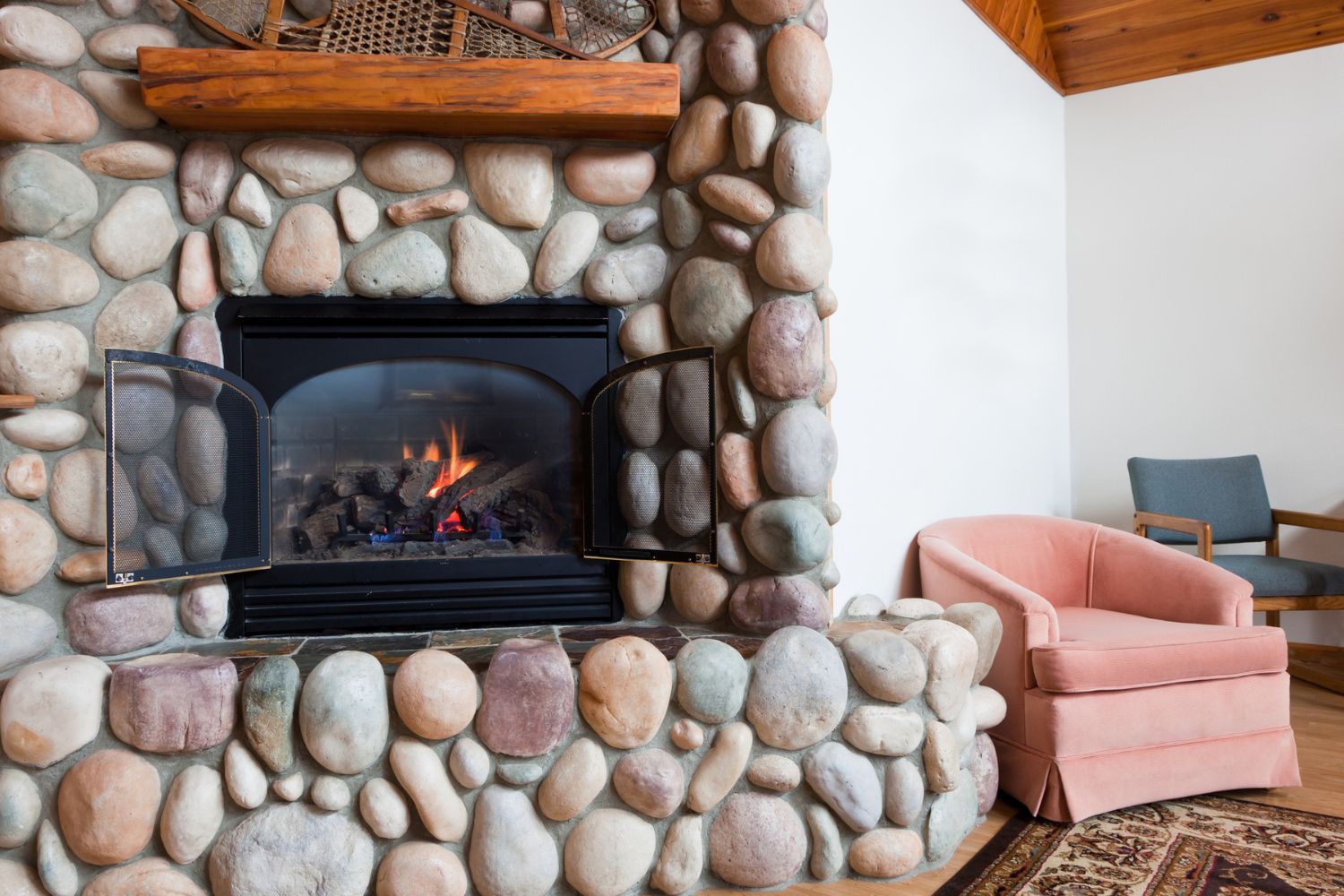

Articles
How Much To Convert To A Gas Fireplace
Modified: February 23, 2024
Looking to convert to a gas fireplace? Check out our informative articles on how much it typically costs to make the switch and enjoy the benefits of a cozy, efficient, and eco-friendly heating option.
(Many of the links in this article redirect to a specific reviewed product. Your purchase of these products through affiliate links helps to generate commission for Storables.com, at no extra cost. Learn more)
Introduction
Welcome to our comprehensive guide on converting to a gas fireplace. If you’re considering making the switch to gas, you’re in good company. Gas fireplaces have become increasingly popular due to their convenience, efficiency, and aesthetic appeal.
There are several factors to consider before deciding to convert to a gas fireplace. This article will provide you with all the information you need to make an informed decision. We’ll explore the cost of conversion, the types of gas fireplaces available, the installation process, maintenance and upkeep, safety considerations, and potential energy savings.
Converting to a gas fireplace can be a significant investment, but the benefits often outweigh the initial costs. Gas fireplaces offer a clean and efficient alternative to traditional wood-burning fireplaces. They provide instant warmth, require minimal maintenance, and eliminate the need for collecting and storing firewood.
Whether you’re looking to update the look of your home, increase energy efficiency, or simply enjoy the convenience of a gas fireplace, this guide will equip you with the knowledge you need to make an informed decision.
So, let’s dive into the details and explore the exciting world of gas fireplaces!
Key Takeaways:
- Converting to a gas fireplace offers convenience, energy efficiency, and aesthetic appeal. Consider factors like existing fireplace condition, gas availability, and venting options to make an informed decision.
- Gas fireplaces provide potential energy savings, zoned heating, and instant warmth. Prioritize safety, professional installation, and regular maintenance to enjoy the benefits for years to come.
Read more: How To Convert Gas Fireplace To Electric
Factors to Consider
Before converting to a gas fireplace, it’s important to consider several factors that will impact your decision. Taking these into account will ensure you make the right choice for your home and lifestyle.
1. Existing Fireplace: The condition and design of your existing fireplace will play a significant role in the conversion process. Determine if your fireplace is compatible with a gas insert or if you’ll need to opt for a freestanding gas stove or built-in gas fireplace.
2. Gas Availability: Check if natural gas or propane is readily available in your area. Availability can vary depending on your location, and the choice between natural gas and propane will impact the cost and installation process.
3. Venting Options: Consider the venting options for your gas fireplace. Direct vent fireplaces require a vent pipe to be installed, allowing for both combustion air intake and exhaust. Vent-free options don’t require a vent but have limitations on the types of fuel they can burn and the size of the room they can be installed in.
4. Heat Output: Determine the heat output required for your space. Gas fireplaces come in various sizes and BTU (British Thermal Unit) ratings, which measure the amount of heat they produce. Consider the size of the area you want to heat and choose a fireplace with the appropriate BTU rating.
5. Aesthetic Preference: Consider the style and design options available for gas fireplaces. Whether you prefer a modern, sleek look or a traditional, rustic feel, there are numerous design choices available to match your aesthetic preferences.
6. Financial Considerations: Evaluate the cost of conversion, including the price of the fireplace unit, installation fees, and any necessary modifications to your existing fireplace. It’s also important to factor in the potential energy savings and long-term maintenance costs when assessing the financial implications.
By considering these factors, you’ll be able to make an informed decision about converting to a gas fireplace. Remember to take into account your specific needs and preferences to ensure that the chosen fireplace suits your home and lifestyle perfectly.
Cost of Conversion
The cost of converting to a gas fireplace can vary depending on several factors, including the type of fireplace, the extent of necessary modifications, and the region you live in. It’s essential to have a clear understanding of the potential expenses involved to budget accordingly.
1. Gas Fireplace Unit: The cost of the actual gas fireplace unit can range from a few hundred dollars to several thousand dollars, depending on the brand, size, and features. Higher-end models with advanced design elements and additional functionalities will naturally have a higher price tag.
2. Installation Fees: Hiring a professional to install your gas fireplace is recommended to ensure proper installation and safety compliance. Installation costs can vary significantly depending on the complexity of the project, the location of the fireplace, and any required venting modifications. On average, installation fees can range between $500 and $2,500.
3. Venting Modifications: If your current fireplace or home does not have existing venting, you may need to invest in venting modifications. The extent of these modifications will depend on the type of gas fireplace you choose and the layout of your home. Venting modifications can range from a few hundred dollars to a few thousand dollars.
4. Gas Line Installation: If you do not have a gas line in your home, you will need to have one installed. The cost will depend on the distance from the gas meter to the fireplace and any obstacles or complexities in the installation process. Gas line installation costs typically range from $500 to $2,000.
5. Additional Expenses: Other expenses to consider include permits and inspections, chimney cleaning or capping if you are not using the existing chimney, and any cosmetic upgrades or finishing touches you may want to add to enhance the overall look of your fireplace.
It’s important to note that while the initial cost of converting to a gas fireplace can be significant, there are potential long-term cost savings to consider. Gas fireplaces are generally more energy-efficient than traditional wood-burning fireplaces, resulting in lower heating costs over time.
Consulting with a professional and obtaining multiple quotes will help you get an accurate estimation of the total cost of conversion based on your specific circumstances.
By budgeting and planning accordingly, you can ensure a smooth and efficient conversion process without any financial surprises along the way.
Types of Gas Fireplaces
When it comes to gas fireplaces, you have a variety of options to choose from, each offering its own unique features and design elements. Understanding the different types of gas fireplaces will help you select the one that best suits your needs and complements your home’s aesthetic. Here are the three main types of gas fireplaces:
- Gas Fireplace Inserts: Gas fireplace inserts are designed to be installed within an existing wood-burning fireplace. They provide an efficient and convenient way to convert a traditional fireplace into a gas-powered one. Inserts are available in a range of sizes and styles to fit different fireplace openings. They typically require a vent or chimney to exhaust the combustion gases and draw in fresh air.
- Freestanding Gas Stoves: Freestanding gas stoves offer a versatile heating option that can be placed in various areas of your home. These stoves resemble traditional wood-burning stoves but operate on gas fuel. They come in a variety of styles, including classic and modern designs, and provide radiant heat to warm the surrounding space. Freestanding gas stoves require venting through a flue pipe or chimney.
- Built-in Gas Fireplaces: Built-in gas fireplaces are designed to be integrated into a wall or enclosure in your home. They offer a seamless and elegant look, enhancing the overall aesthetics of your living space. Built-in fireplaces come in various sizes and styles, including linear, traditional, and contemporary designs. They are typically equipped with direct venting, which allows for installation flexibility and efficient operation.
Each type of gas fireplace has its own advantages and considerations. Gas fireplace inserts are a popular choice for homeowners who want to convert their existing wood-burning fireplace, as they provide a hassle-free solution with minimal modifications. Freestanding gas stoves offer versatility and can be easily installed in different rooms, providing a focal point along with warmth. Built-in gas fireplaces offer a sleek and modern look, adding a touch of luxury to any living space.
When selecting a gas fireplace, consider factors such as the size of your space, the desired heat output, and the available venting options. Consulting with a professional fireplace expert can help you identify the best type of gas fireplace based on your specific requirements and preferences.
With the wide range of options available, you can find the perfect gas fireplace to transform your home into a cozy and inviting sanctuary.
Installation Process
Installing a gas fireplace requires careful planning and professional expertise to ensure a safe and efficient setup. While the specific installation process may vary depending on the type of gas fireplace you choose, here is a general overview of what you can expect:
1. Consultation and Assessment: The installation process begins with a consultation with a professional fireplace installer. They will assess your space, evaluate any existing fireplace or chimney, and discuss your design preferences and heating needs.
2. Venting and Gas Line Preparation: If your chosen gas fireplace requires venting, the installer will evaluate the venting options and determine the best location for the vent pipe. They will also assess the need for a gas line installation or any modifications to the existing gas line.
3. Framing and Preparation: Next, the installer will prepare the surrounding area for the fireplace installation. This may involve framing a enclosure or modifying the existing fireplace to accommodate the gas fireplace unit.
4. Installation of Fireplace Unit: The gas fireplace unit will be carefully positioned and secured in place according to the manufacturer’s instructions. This includes connecting the gas supply line and electrical components, if applicable.
5. Venting Installation: If your gas fireplace requires venting, the installer will install the vent pipe and ensure proper positioning and sealing. They will also ensure that the vent pipe meets safety codes and regulations.
6. Finishing Touches: Once the fireplace unit is installed, the installer will complete any necessary finishing touches, such as adding a mantel, surround, or trim, to enhance the aesthetic appeal of the fireplace.
7. Testing and Inspection: After the installation is complete, the installer will conduct thorough testing to ensure the gas fireplace operates safely and efficiently. They will also perform a final inspection to ensure compliance with local building codes and regulations.
8. User Instructions and Maintenance Recommendations: The installer will provide you with detailed instructions on how to operate your gas fireplace safely and efficiently. They will also offer guidance on regular maintenance and troubleshooting, ensuring you can enjoy your new fireplace to the fullest.
It’s important to remember that gas fireplace installation should always be done by a qualified professional to ensure proper installation, adherence to safety standards, and compliance with local regulations.
By following these steps and relying on the expertise of a professional, you can have peace of mind knowing that your gas fireplace has been installed correctly and efficiently.
When considering converting to a gas fireplace, be sure to factor in the cost of the gas line installation, the fireplace unit itself, and any necessary venting or chimney modifications. It’s also important to consult with a professional to ensure the conversion is done safely and efficiently.
Maintenance and Upkeep
Proper maintenance and regular upkeep are crucial to ensure the longevity and optimal performance of your gas fireplace. By following these maintenance guidelines, you can keep your gas fireplace running smoothly for years to come:
1. Cleaning: Regularly clean the glass doors or front panel of your gas fireplace to remove any dirt, dust, or residue. Use a soft cloth or glass cleaner specifically designed for fireplaces. Avoid using abrasive cleaners or materials that could scratch the glass.
2. Inspection and Service: Schedule annual inspections and service by a professional technician. They will check for any potential issues, clean the internal components, and ensure that the gas burner and ignition system are functioning properly. Regular service will help identify and address any maintenance needs before they turn into major problems.
3. Air Vents: Keep the air vents and openings around the gas fireplace clear of any obstructions. This ensures proper air circulation and exhaust ventilation. Blocked vents can lead to inefficient operation and potential carbon monoxide buildup.
4. Gas Supply: Check the gas supply connection periodically to ensure there are no gas leaks. If you notice a smell of gas or suspect a leak, immediately turn off the gas supply and contact a professional technician for assistance.
5. Pilot Light: If your gas fireplace has a pilot light, follow the manufacturer’s instructions for relighting it in case it goes out. Additionally, some newer models have electronic ignition systems that automatically light the burner when the fireplace is turned on.
6. Carbon Monoxide Detector: Install a carbon monoxide detector near your gas fireplace and test it regularly to ensure it is in working order. Carbon monoxide is a colorless and odorless gas that can be harmful if levels rise in your home.
7. Chimney and Venting: If your gas fireplace has a chimney or venting system, schedule regular inspections and cleanings to remove any debris, creosote buildup, or blockages. This helps maintain proper airflow and prevents potential hazards.
8. Follow Manufacturer’s Guidelines: Always refer to the manufacturer’s guidelines and instructions for specific maintenance recommendations for your gas fireplace model. They may have additional recommendations or specific procedures to follow.
By following these maintenance practices, you can ensure the safe and efficient operation of your gas fireplace and prolong its lifespan. Regular maintenance not only enhances the performance of your fireplace but also gives you peace of mind knowing that your home is heated by a well-maintained and reliable appliance.
Safety Considerations
When it comes to gas fireplaces, ensuring safety is of utmost importance. Here are some essential safety considerations to keep in mind:
1. Professional Installation: Gas fireplace installation should always be carried out by a qualified professional who is knowledgeable about local building codes and regulations. Improper installation can lead to gas leaks, fire hazards, or carbon monoxide buildup.
2. Carbon Monoxide Detection: Install carbon monoxide detectors near your gas fireplace and test them regularly to ensure they are functioning correctly. Carbon monoxide is a colorless and odorless gas that can be harmful if levels rise in your home. Detectors will alert you to the presence of carbon monoxide and give you time to take action.
3. Ventilation: Ensure proper ventilation for your gas fireplace. Direct vent fireplaces have sealed combustion systems, drawing outside air for combustion and expelling combustion gases outside. Vent-free options do not require venting but have specific safety guidelines and limitations on where they can be installed. Follow the manufacturer’s instructions regarding ventilation requirements.
4. Gas Leaks: Be vigilant for any signs of gas leaks, such as a strong odor of gas or hissing sounds. If you suspect a gas leak, immediately turn off the gas supply valve, open windows for ventilation, and contact a professional technician to inspect and repair the gas connection.
5. Combustible Materials: Keep all combustible materials, such as furniture, curtains, and decorations, a safe distance away from the gas fireplace. Follow clearance requirements specified by the manufacturer to prevent any risk of fire.
6. Childproofing: If you have young children or pets, take measures to childproof your gas fireplace. Install safety gates or barriers to prevent accidental contact with the hot surfaces or exposure to the gas elements.
7. Regular Inspections: Schedule annual inspections by a professional technician to check for any signs of wear, damage, or malfunction. They will ensure that all components, including the burner, gas lines, and venting system, are in proper working condition.
8. Follow Operating Instructions: Read and follow the manufacturer’s instructions for proper operation of your gas fireplace. Understanding how to use the controls, adjust the flame, and safely shut off the fireplace is essential for both your safety and the optimal performance of the appliance.
By following these safety guidelines and conducting regular maintenance, you can enjoy the warmth and comfort of your gas fireplace with peace of mind, knowing that you are taking the necessary steps to ensure the safety of your home and loved ones.
Potential Energy Savings
Converting to a gas fireplace can offer significant energy savings compared to traditional wood-burning fireplaces. Here are several ways in which a gas fireplace can help you reduce energy consumption and save on heating costs:
1. Efficiency: Gas fireplaces are highly efficient in converting fuel into heat. Unlike wood-burning fireplaces that lose a significant amount of heat through the chimney, gas fireplaces produce and retain heat more efficiently, providing greater warmth for your home.
2. Zoned Heating: Gas fireplaces allow for zoned heating, meaning you can heat specific areas of your home without wasting energy on heating the entire house. This allows you to focus on the rooms you spend the most time in, reducing overall energy consumption.
3. Programmable Thermostats: Many gas fireplaces can be paired with programmable thermostats, allowing you to set specific temperature schedules. This means you can have the fireplace turn on and off automatically, ensuring optimal comfort while minimizing energy usage when you’re not at home or during sleeping hours.
4. Zone Heating Controls: In addition to programmable thermostats, some gas fireplaces offer zone heating controls. This allows you to independently control the temperature of different zones in your home, optimizing your heating needs and saving energy in unused areas.
5. Instant Heat: Gas fireplaces provide instant heat at the push of a button, eliminating the need to preheat the fireplace and minimizing wasted energy. You can quickly warm up your living space and then turn off the fireplace when it’s no longer needed.
6. Energy-Efficient Models: When choosing a gas fireplace, look for models that are Energy Star certified or have high Annual Fuel Utilization Efficiency (AFUE) ratings. These models are designed to maximize energy savings and reduce fuel consumption.
7. Reduced Maintenance: Gas fireplaces require less maintenance compared to wood-burning fireplaces. There’s no need to clean out ashes, chop and store firewood, or deal with the regular chimney cleaning associated with wood-burning fireplaces. This saves you time, effort, and potential maintenance costs.
8. Lower Emissions: Gas fireplaces produce fewer emissions compared to wood-burning fireplaces, contributing to a cleaner and healthier indoor environment. This is particularly beneficial for individuals with respiratory conditions or sensitivities.
While the exact energy savings will depend on factors such as the size of your home, local energy prices, and usage patterns, converting to a gas fireplace can significantly reduce your heating costs and overall energy consumption. The efficiency and control offered by gas fireplaces make them an environmentally friendly and cost-effective heating solution for your home.
Conclusion
Converting to a gas fireplace can be a game-changer for your home. With their convenience, efficiency, and aesthetic appeal, gas fireplaces offer numerous benefits over traditional wood-burning fireplaces. By considering the factors discussed in this guide, you can make an informed decision about whether converting to a gas fireplace is right for you.
The cost of conversion can vary depending on factors such as the type of gas fireplace, necessary modifications, and your location. However, the long-term energy savings and reduced maintenance needs often make it a worthwhile investment.
There are different types of gas fireplaces to choose from, including gas fireplace inserts, freestanding gas stoves, and built-in gas fireplaces. Each option comes with its own unique features and advantages, allowing you to select the one that best suits your space and aesthetic preferences.
The installation process of a gas fireplace should always be carried out by a professional to ensure safety and compliance with local regulations. Regular maintenance and upkeep, such as cleaning, inspections, and proper ventilation, will keep your gas fireplace running efficiently and safely for years to come.
Safety considerations are paramount when it comes to gas fireplaces. Following safety guidelines, such as professional installation, carbon monoxide detection, and proper clearance from combustible materials, will help keep your home and loved ones safe.
One of the significant benefits of gas fireplaces is the potential energy savings they offer. Their high efficiency, zoned heating capabilities, and programmable thermostats can help you reduce energy consumption, lower heating costs, and enjoy a more comfortable living environment.
In conclusion, converting to a gas fireplace can enhance the ambiance and functionality of your home while providing efficient heating and cost savings. By understanding the factors, installation process, maintenance needs, and safety considerations, you can confidently make the decision to convert to a gas fireplace and enjoy its many benefits for years to come.
Frequently Asked Questions about How Much To Convert To A Gas Fireplace
Was this page helpful?
At Storables.com, we guarantee accurate and reliable information. Our content, validated by Expert Board Contributors, is crafted following stringent Editorial Policies. We're committed to providing you with well-researched, expert-backed insights for all your informational needs.
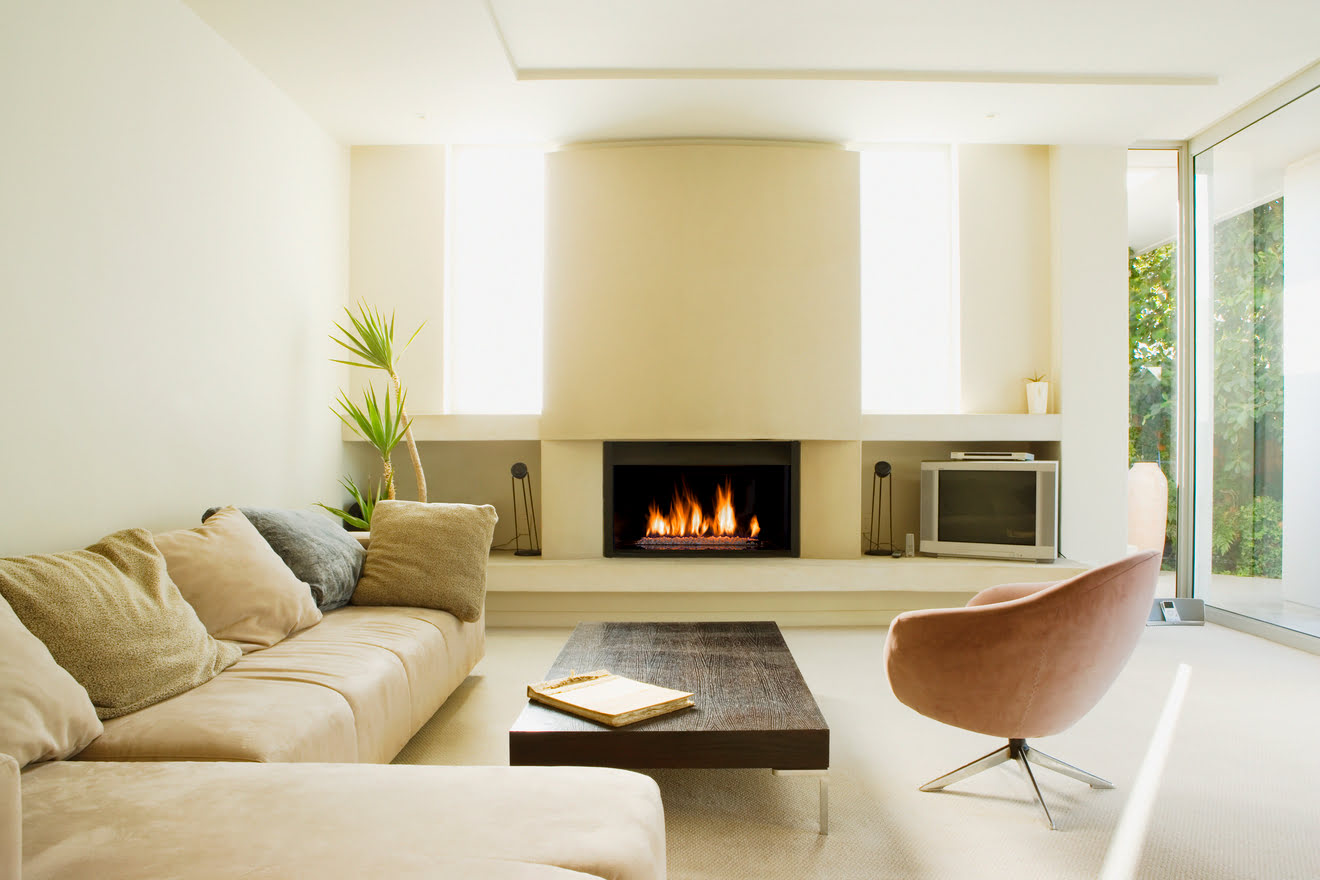
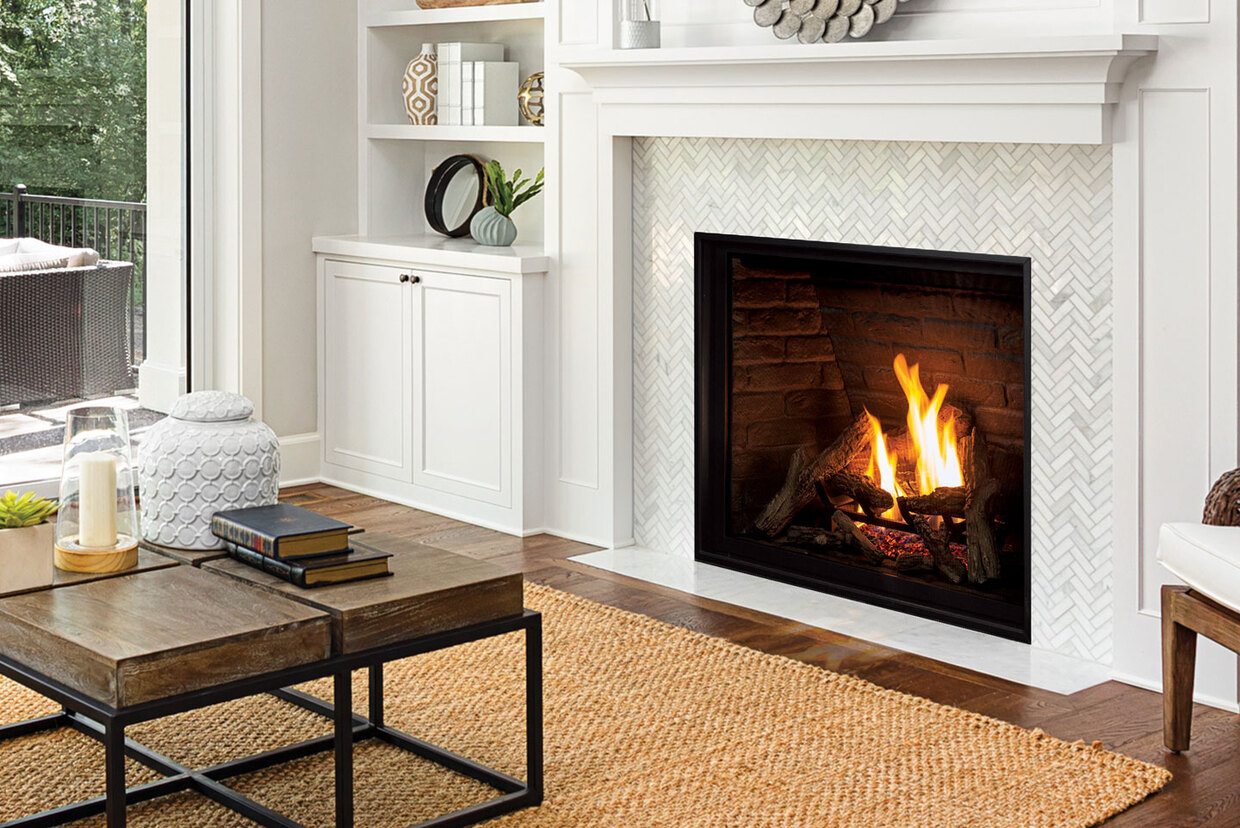
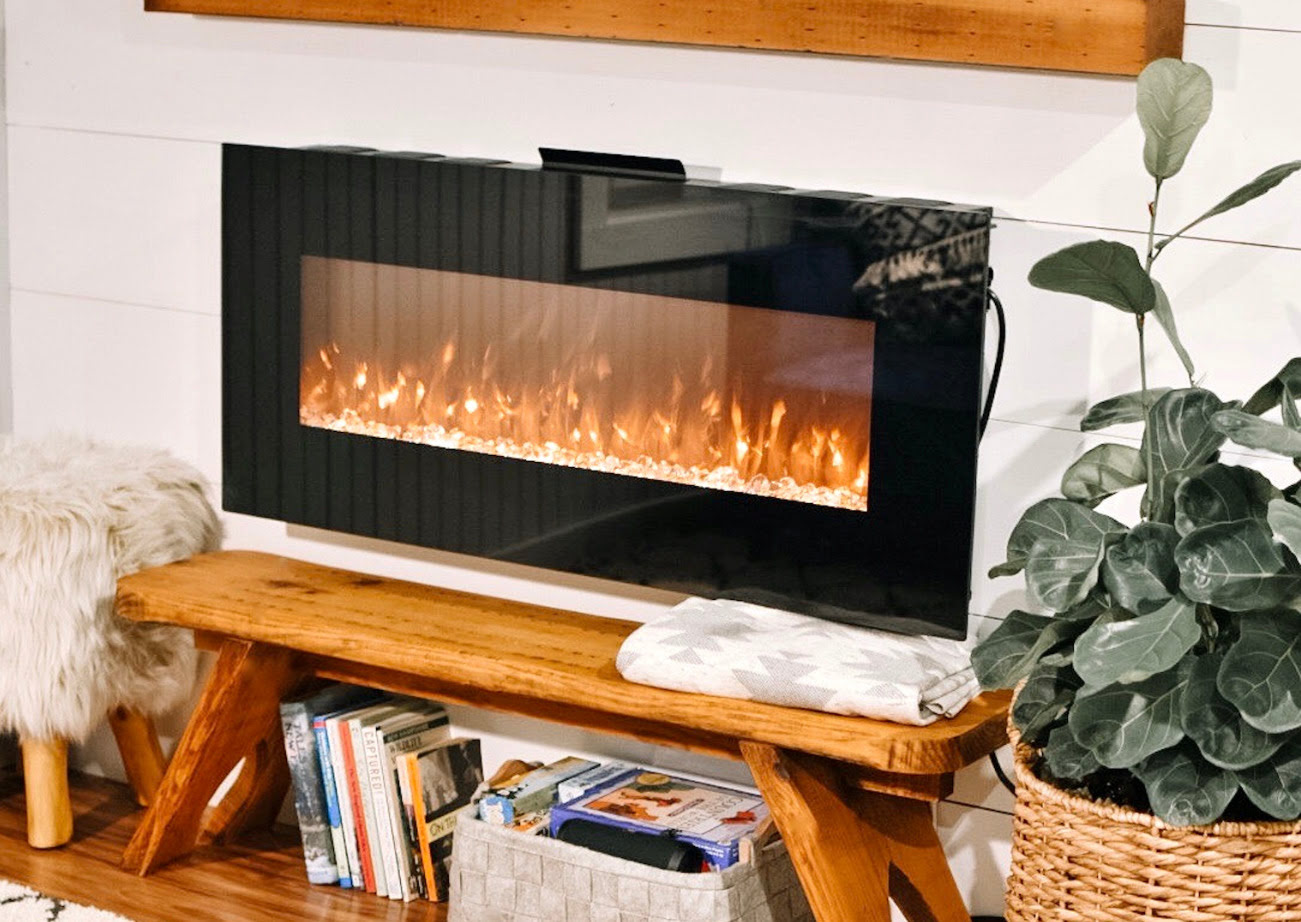
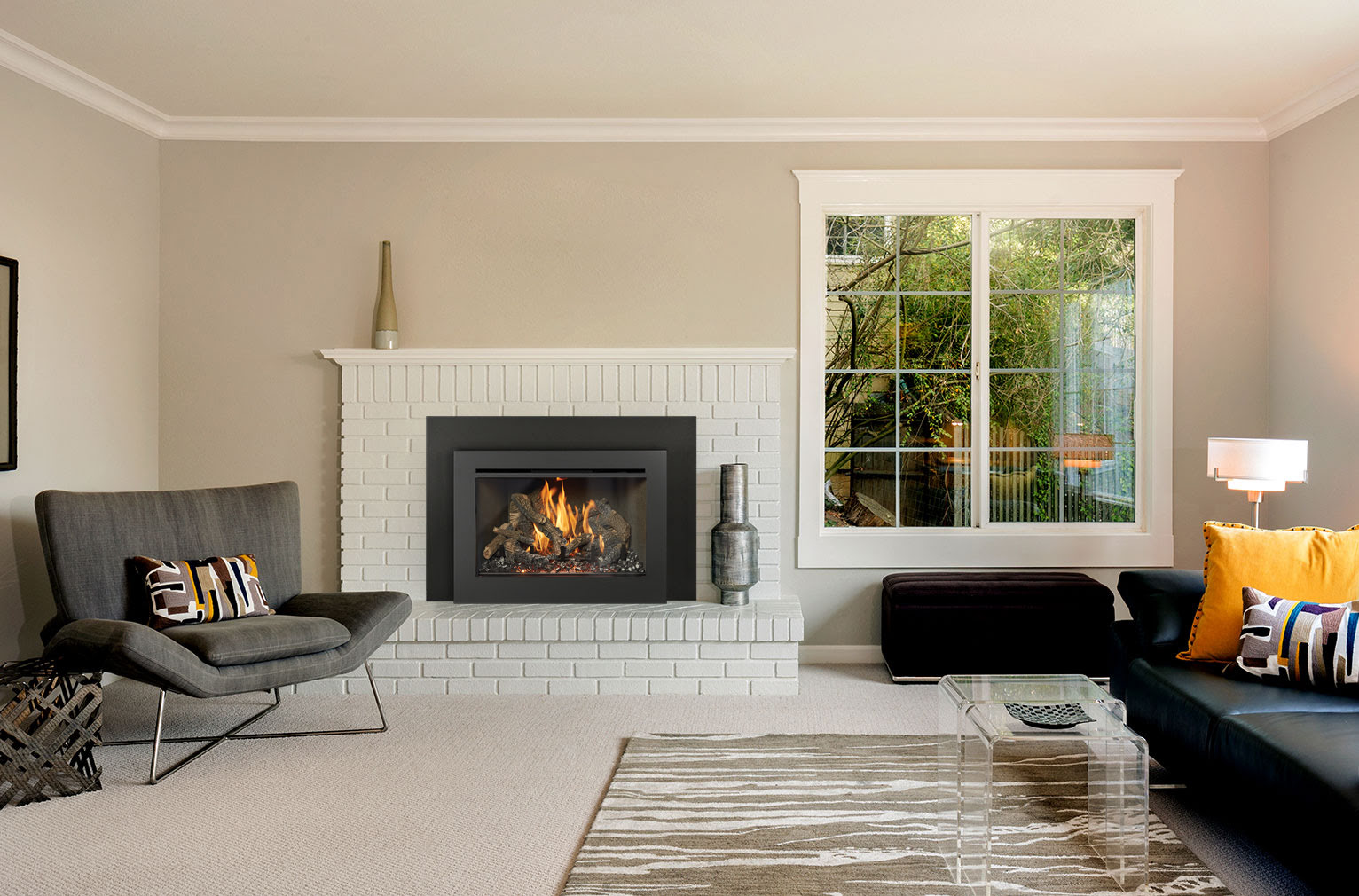
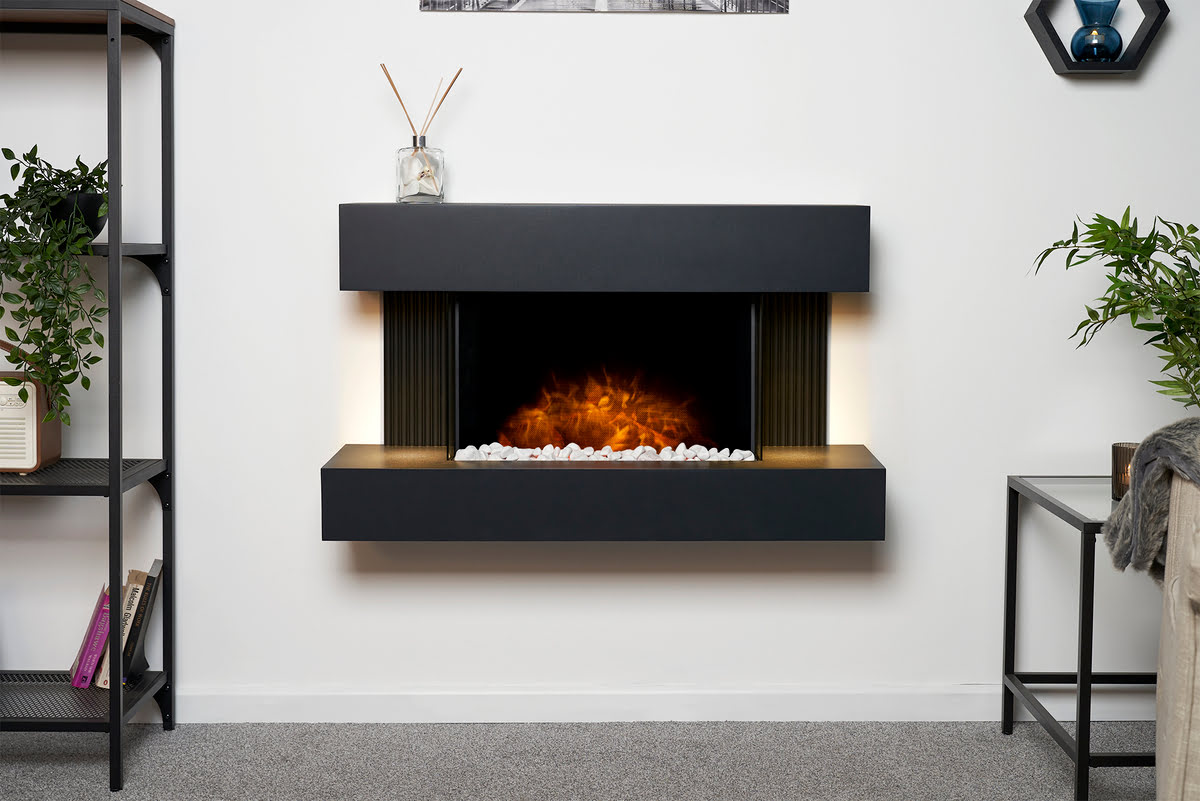
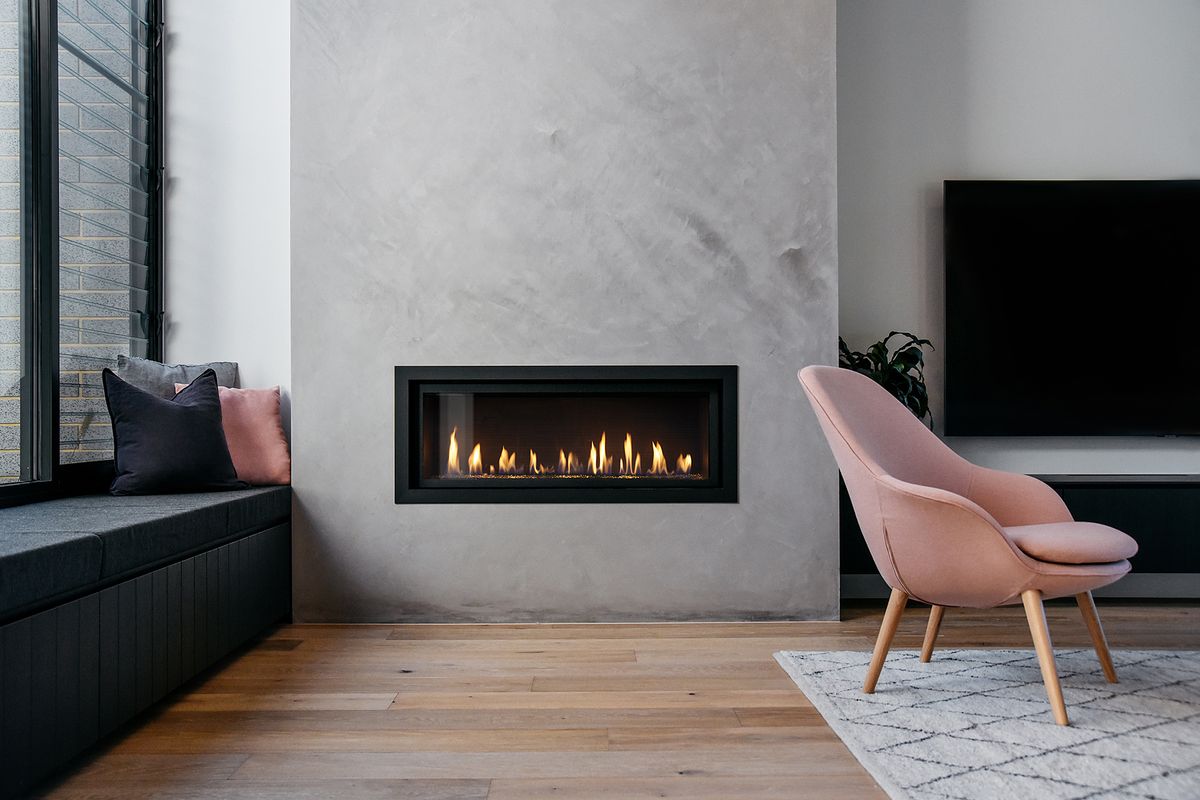
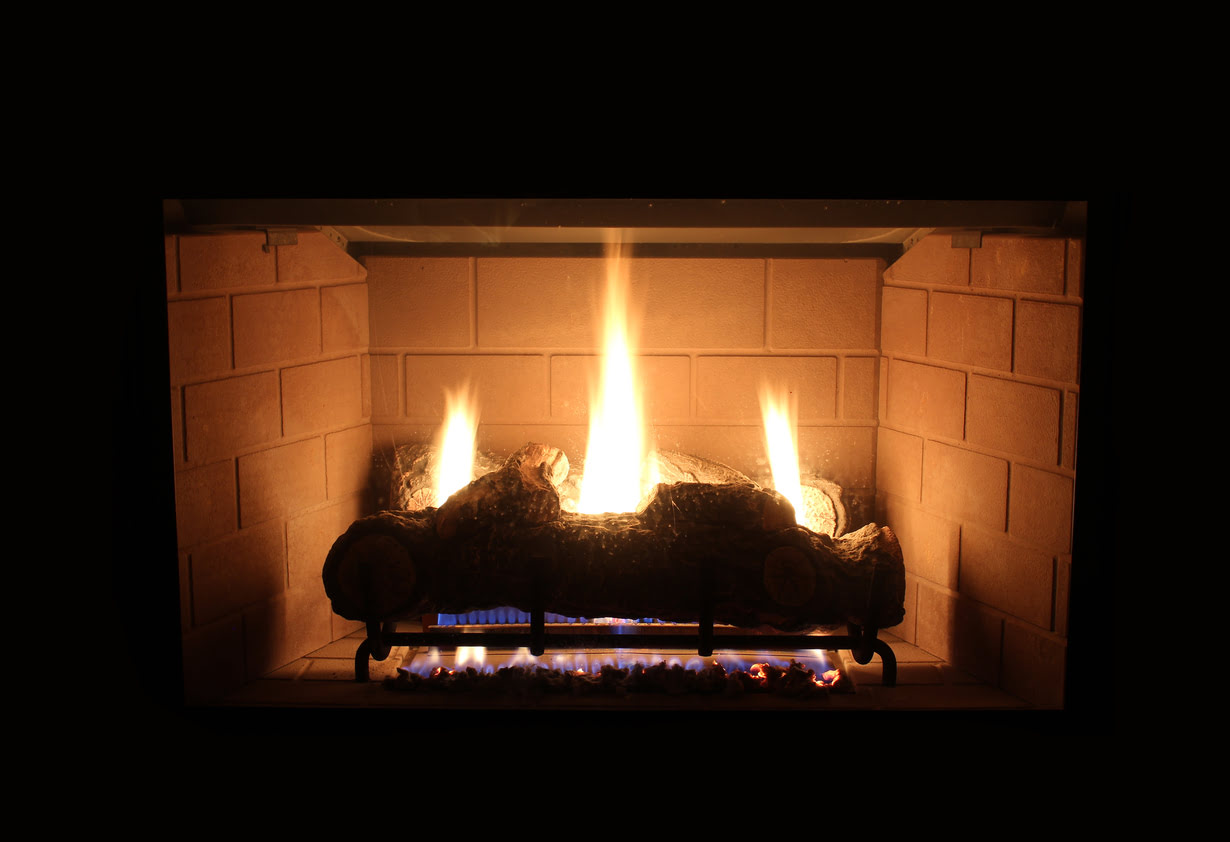
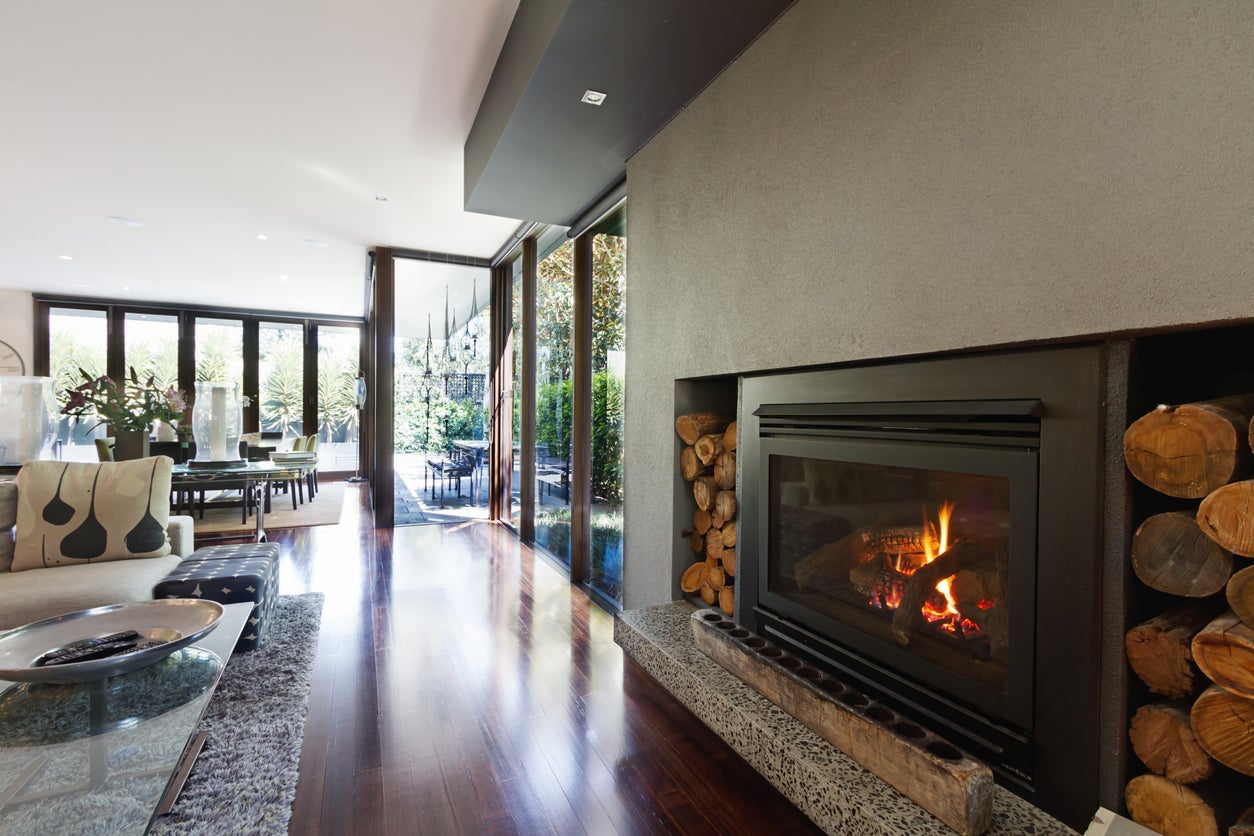
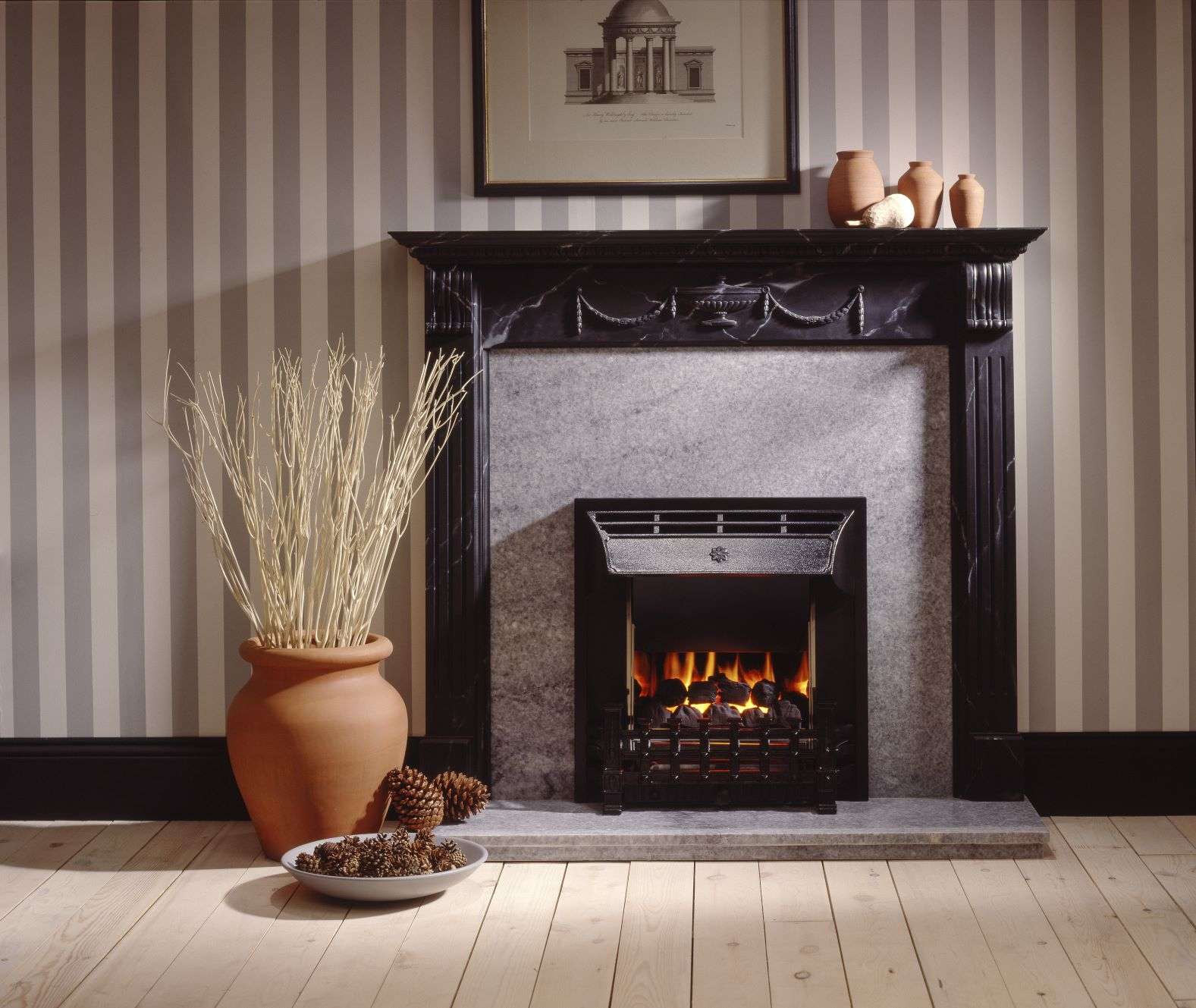
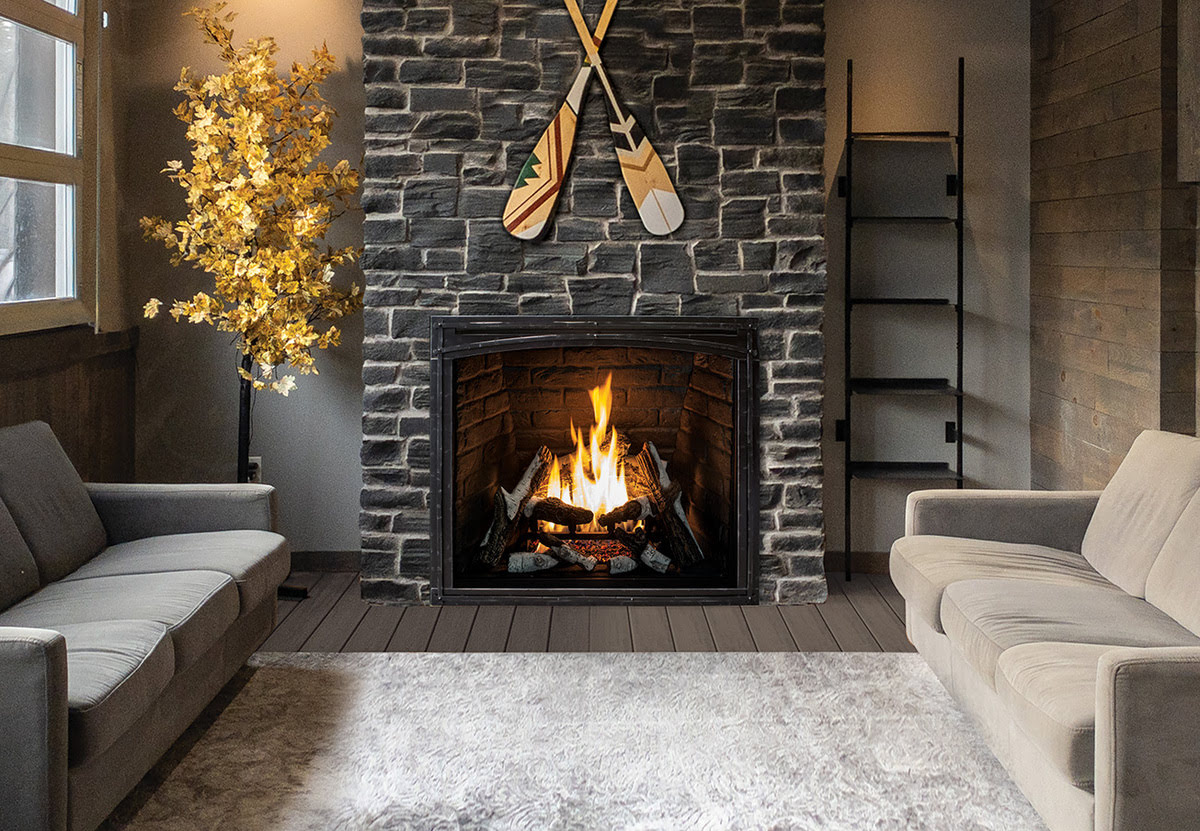
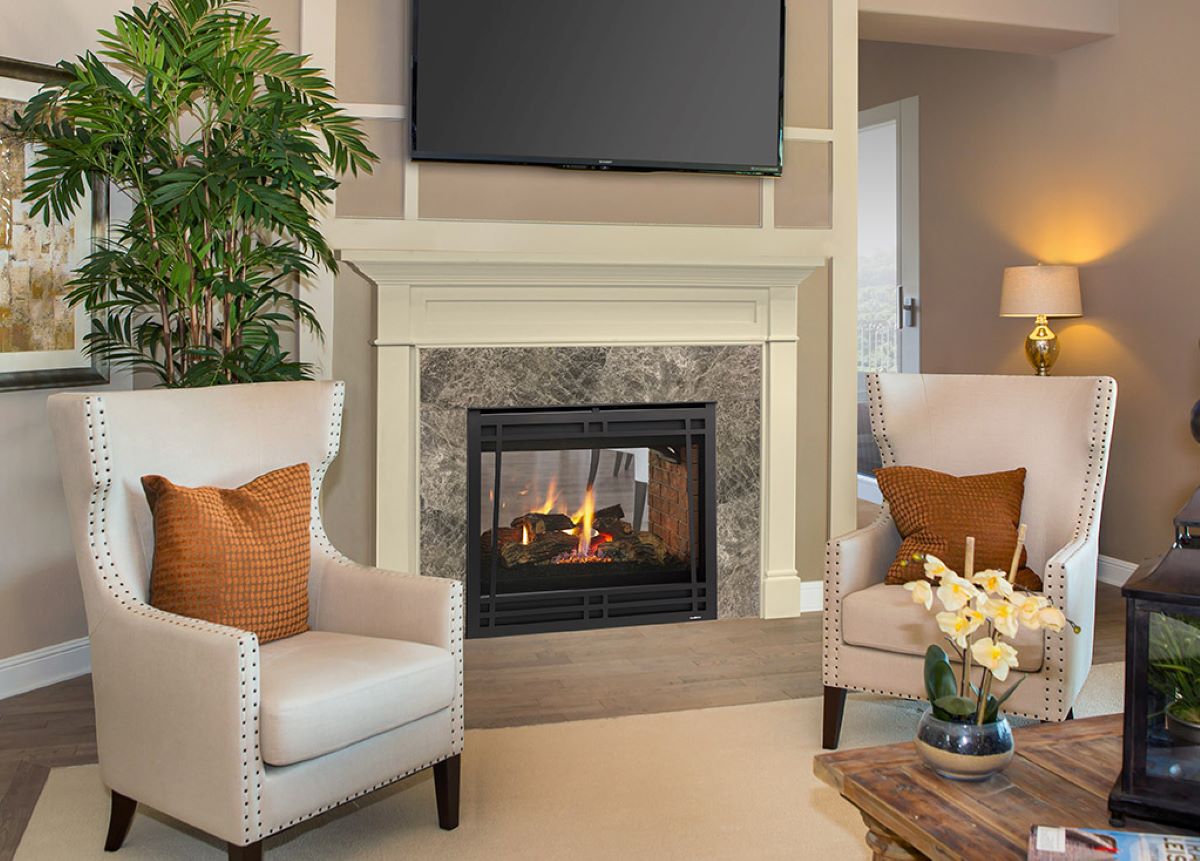
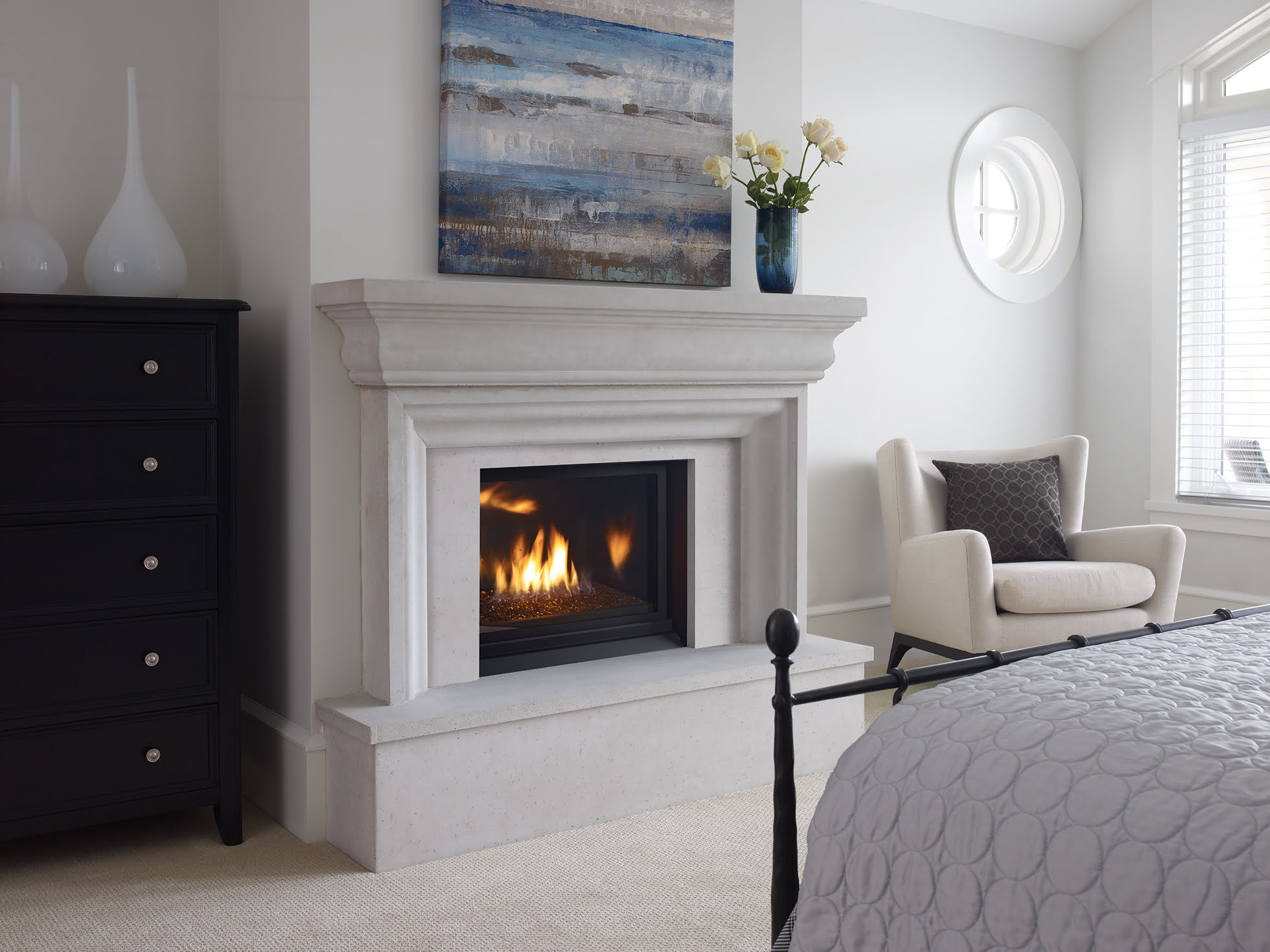
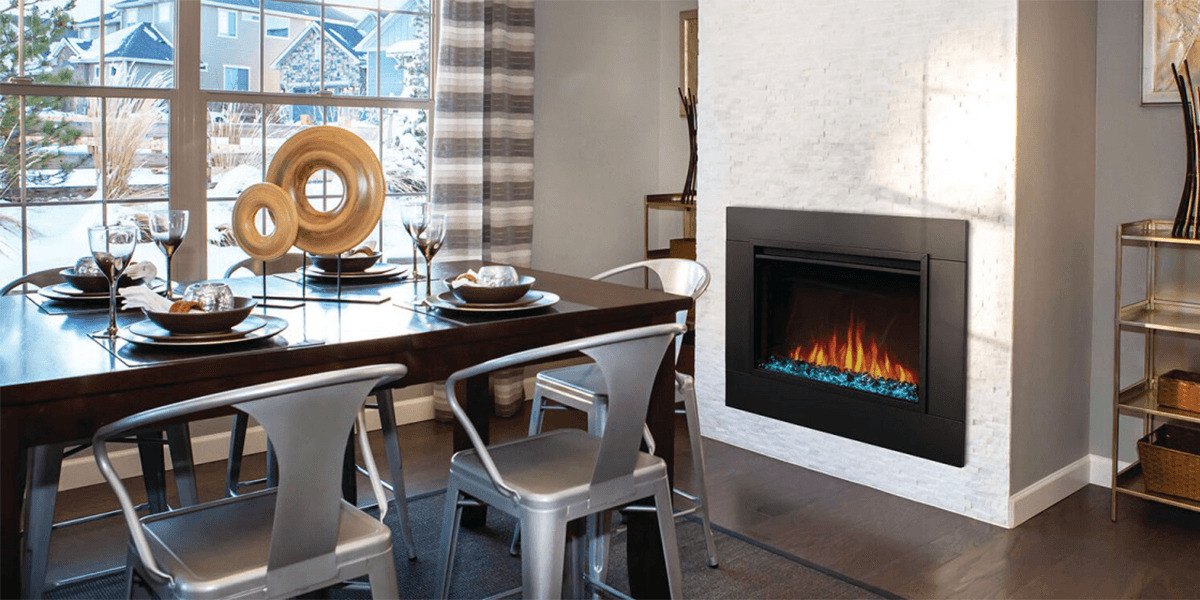
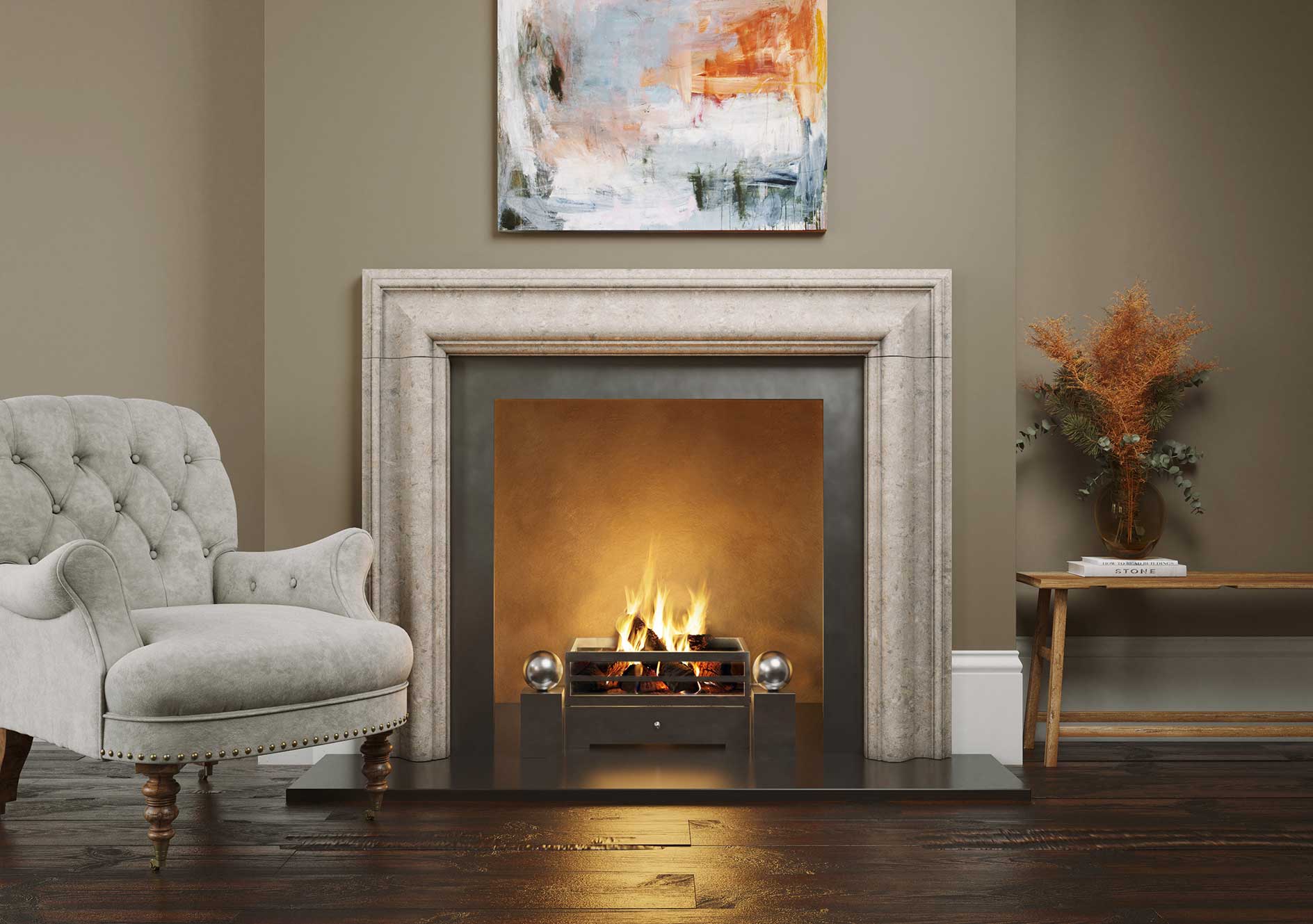

0 thoughts on “How Much To Convert To A Gas Fireplace”